Silkin Management Group has been aiding medical practitioners in enhancing their practices for decades. While various concerns have shifted over time, not having an effective personnel system has consistently posed challenges for practices. Regardless of the era, economy, or circumstances, managing personnel remains a significant hurdle for practice owners.
Year after year, it’s the same lament: “How do I find good people?”, “How can I insist things get done properly without coming across like a jerk?”, “How do I deal with the emotionalism in the workplace?” And one we hear a lot now, “This latest generation just doesn’t have a good work ethic.” The truth is that whether it’s the X generation, the Y generation, the Me generation, or the millennials, owners have always had a difficult time creating the ideal staff.
The good news is that problems with staff can be traced back to a breakdown or a flaw in the practice’s personnel system. Why is that good news? It’s good news because there is an actual effective personnel system that solves all these problems.
It is necessary to understand the various parts of the system and train on how to implement them. In other words, there is no arcane voodoo to creating and developing personnel; there are just skill sets that a staff member can learn. We have written this blog to lay out the main factors of a personnel system so that owners and practice managers can evaluate their problems, see where there are breakdowns in their system, and identify the correct tools to fix the issues.
1. Job Descriptions
Defining roles within your practice is crucial. A comprehensive job description should outline each role’s specific functions, methodologies, and details. This documentation eliminates misinterpretation, ensuring uniformity in task execution. We refer to this as “Writing up a hat.” When you don’t write how you want a person to perform a task, you leave the door open to misinterpretation by the staff member.
2. Statistics for Performance Measurement
Once you have compiled the job description, there needs to be one or several statistics developed to objectively measure the performance of the person working at that job. These statistics provide a clear overview for managers and employees to gauge how well a staff member performs their tasks. Additionally, you need to set acceptable ranges to measure success effectively. For example, let us say that one of the statistics for the receptionist hat is “Percentage of Kept Appointments” (a way of monitoring if there are too many cancelations). Well, what is an acceptable amount? If you set the bar to an unobtainable level, you destroy the morale of the receptionist. Set the bar too low, and you cut into the practice’s viability. So, identifying the correct range is essential in developing an objective way of evaluating performance.
3. Hiring the Right Fit
Most managers’ problems in hiring are either a) when they go to hire, the talent pool seems very limited, or b) they get fooled, meaning they hire someone who appears to be good in the interview, only to discover later they made a mistake.
Identifying the right candidate for a position involves prioritizing attitude over experience. High-toned individuals, driven by intrinsic motivation and a positive outlook, often outperform their experienced counterparts. Even when they lack experience, they are much easier to train. Given the prevalence of low-toned individuals, a robust hiring system and interviewing strategy are essential to improve the odds.
In the hiring system we designed, we teach people how to attract a lot of applicants, and then we have a unique hiring system that enables a manager to interview 15 to 20 people, all within one hour. Done in this fashion, one can take luck out of the hiring process.
4. Comprehensive Training Programs
Training is critical, particularly when valuing attitude over experience. Construct a structured training program for each position, allowing swift and efficient onboarding. Incorporate reading assignments, comprehension tests, demonstrations, and roleplaying exercises for effective skill transfer.
5. Apprenticeship for Practical Application
A good training program is one in which you can train a new staff member swiftly and accurately with minimal time spent by the manager. The practice must have a very effective methodology of training.
Beyond training, apprenticeship programs facilitate the transition from theoretical learning to practical implementation. Construct specific apprenticeship plans to aid staff in applying their training effectively to enhance their performance.
Having training and apprenticing implemented into your practice will speed up the training process for new staff and save the trainer/manager countless hours.
6. Performance Evaluations
The performance evaluation is a vital component of a personnel system, offering multiple benefits:
- It helps managers gain a broader perspective of staff performance beyond day-to-day tasks, providing valuable insight.
- Evaluations pinpoint strengths and weaknesses, enabling tailored training for enthusiastic and skilled staff.
- Affirmation and motivation are provided to staff, aligning them with the practice’s mission.
A sound personnel system has an evaluation process based on objective measures, such as the statistics of the employee, so that both the manager and the staff member can agree on their level of performance.
7. Disciplinary Processes
Any practice needs a method to deal with discipline. If you have done an excellent job hiring staff, then rarely is more required than a nudge needed to get someone back on the rails. Someone shows up late. Yes, you must discipline them, but if they are a good staff member, discipline must never be harsh.
You must lay out the policies by which the practice abides for the same reason you must write the job descriptions. If something isn’t in writing, the staff member will conclude what the policy is. And his policy might be different from yours. The practice is your show. One of the perks of ownership is that you get to decide what the game’s rules are.
The reason for documenting disciplinary issues is that it forms a written record of what you’ve done to solve the problem. If you ever get sued by a staff member, you must have written documentation of what happened if you seek court protection. The staff member must sign each document to be valid. Without documentation, the vengeful staff member could claim that these disciplinary meetings never occurred.
8. Compliance Reports
A compliance reporting system ensures that tasks assigned for improvement or planning steps get accomplished. These reports simplify tracking and enhance the execution of strategic plans.
In most practices, there are a lot of things going on. Trying to track all the orders you have issued in your head is not a workable solution. No doubt, important things will be forgotten.
Compliance reports are attestations that the order has been complied with. In this fashion, the manager can track the success of the overall plan by following up on compliance reports.
9. Staff Reports for Written Communication
Documenting essential issues in writing eliminates misunderstandings and memory lapses. In the busy world of servicing patients, one can’t expect someone to keep every communication in their head. Use a structured system to communicate crucial data among team members.
10. Effective Staff Meetings
Conduct purpose-driven staff meetings weekly (or monthly) to keep everyone aligned and informed. Avoid using meetings for correction, problem-solving, or training.
The primary purpose of a staff meeting is to keep everyone on the same page so that everyone can operate as a team. What you do want to go over in a staff meeting is:
- Review the practice statistics so everyone can see how the various areas of the practice are doing.
- The weekly (or monthly) plans, programs, or projects so that the staff understand how the practice is doing and what is being worked on to accomplish its goals.
The keynote is to stick to a defined agenda that adds value to the practice.
Conclusion
An effective personnel system encompasses these ten essential components. By implementing these tools, practice owners and managers can tackle personnel challenges, foster growth, and cultivate a harmonious and productive work environment. Silkin Management Group’s insights shed light on creating an effective personnel system that ensures optimal staff performance and practice success.






